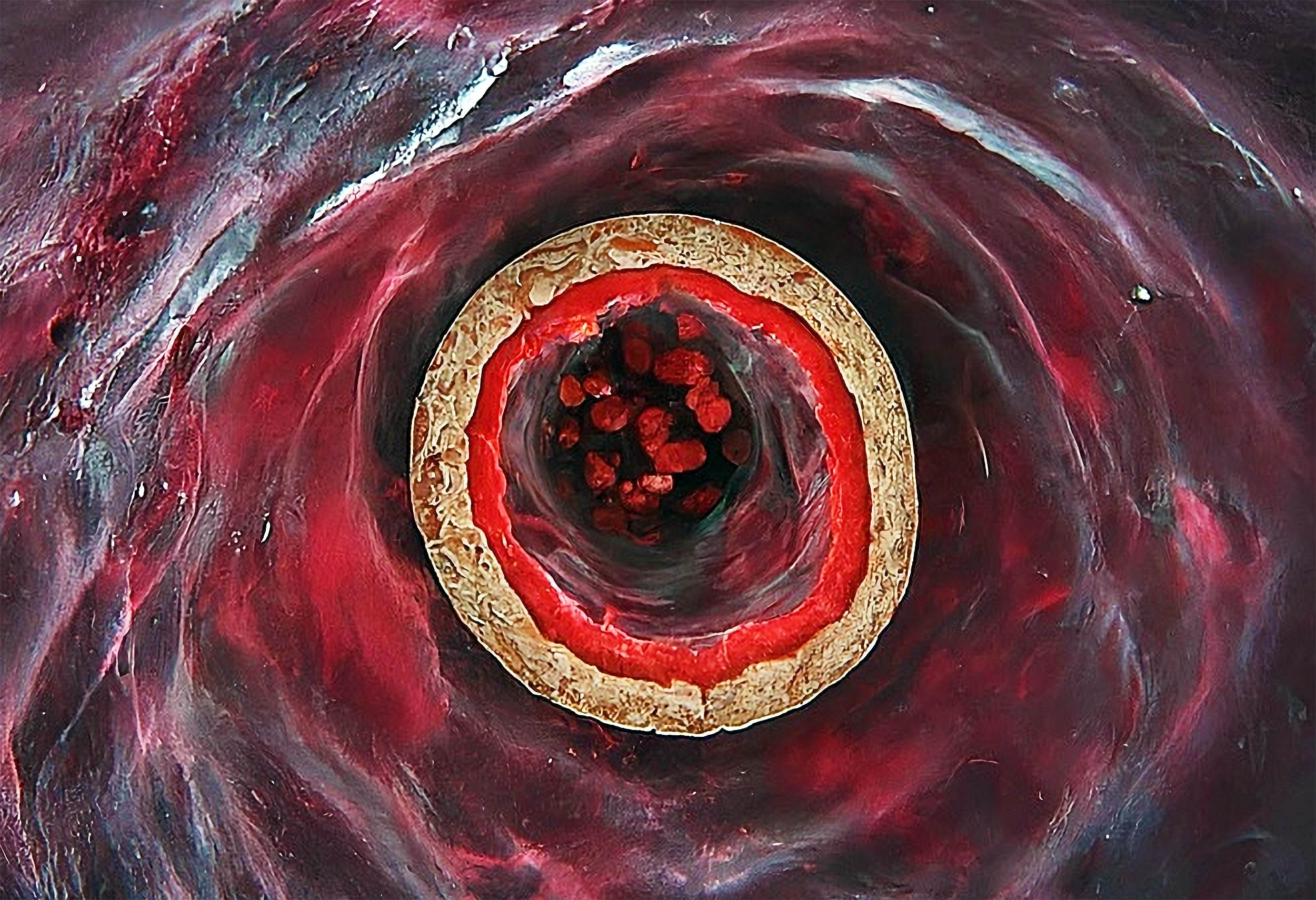Heart doctors are capturing images showing the inside of heart arteries, helping them watch plaque respond to powerful cholesterol drugs in real-time.
In these studies, PCSK9 inhibitors, drugs that block a cholesterol controlling protein, made…

Heart doctors are capturing images showing the inside of heart arteries, helping them watch plaque respond to powerful cholesterol drugs in real-time.
In these studies, PCSK9 inhibitors, drugs that block a cholesterol controlling protein, made…